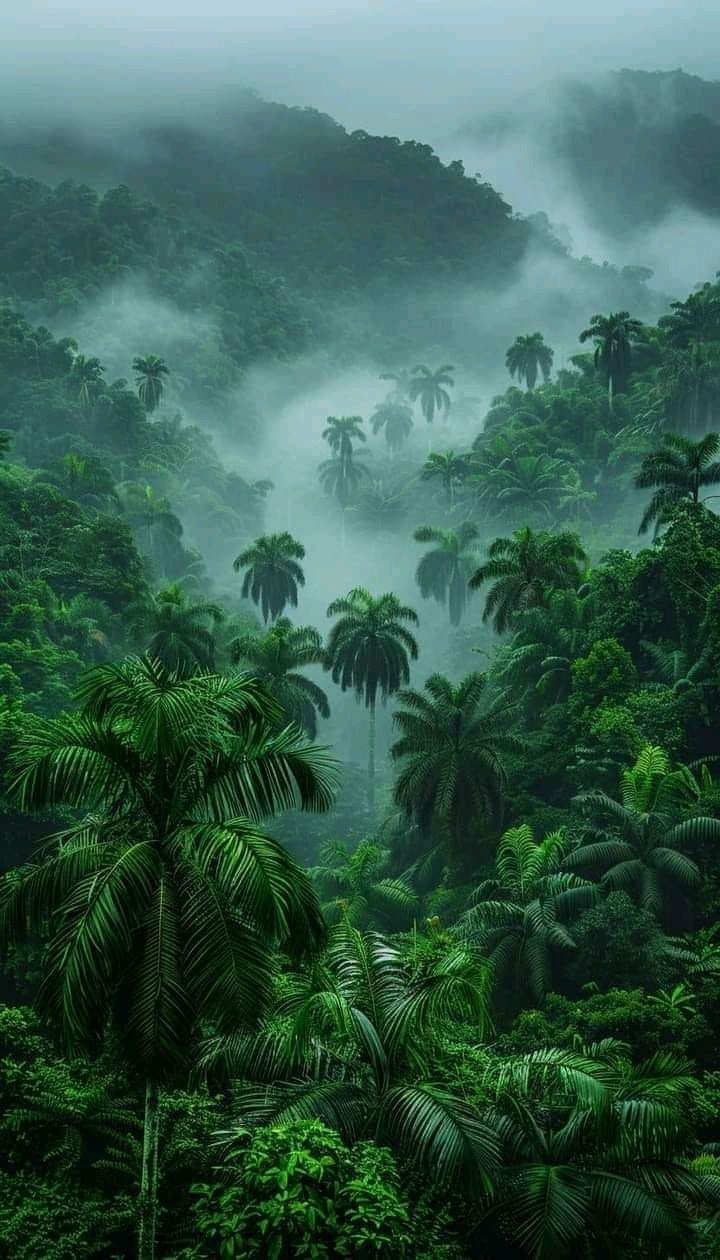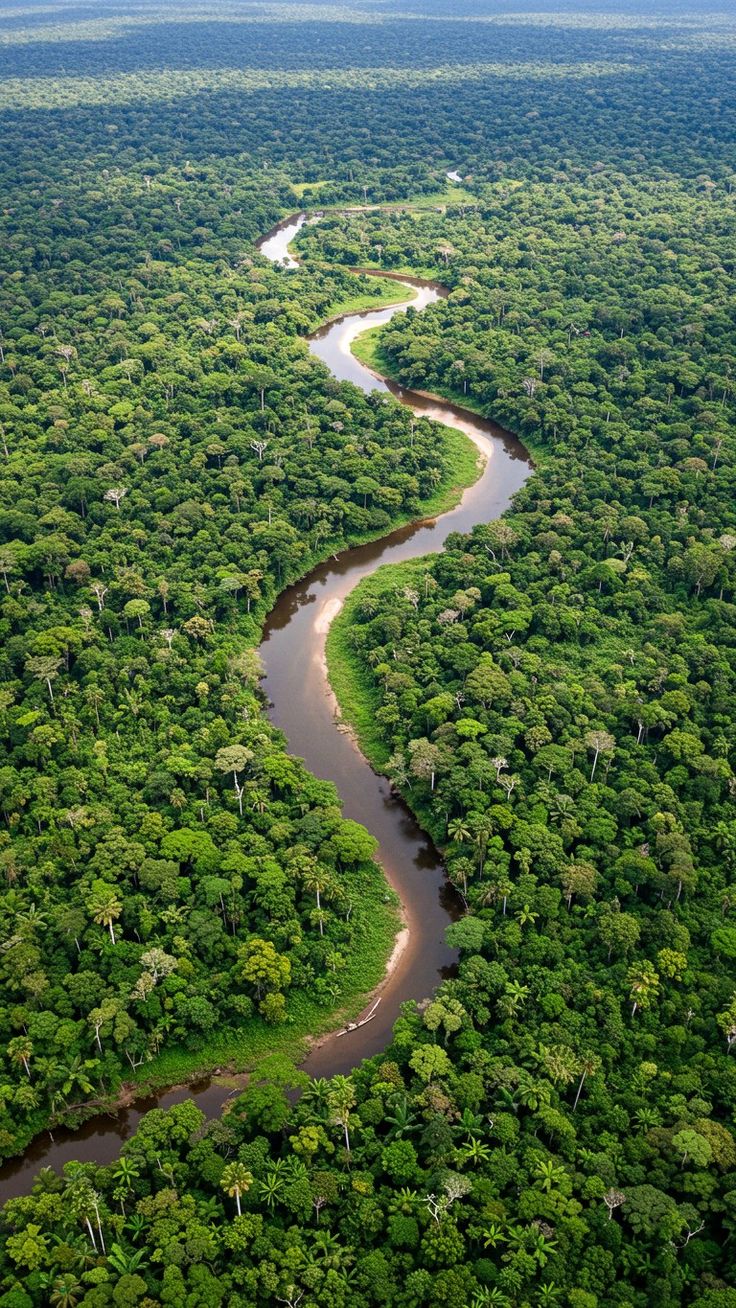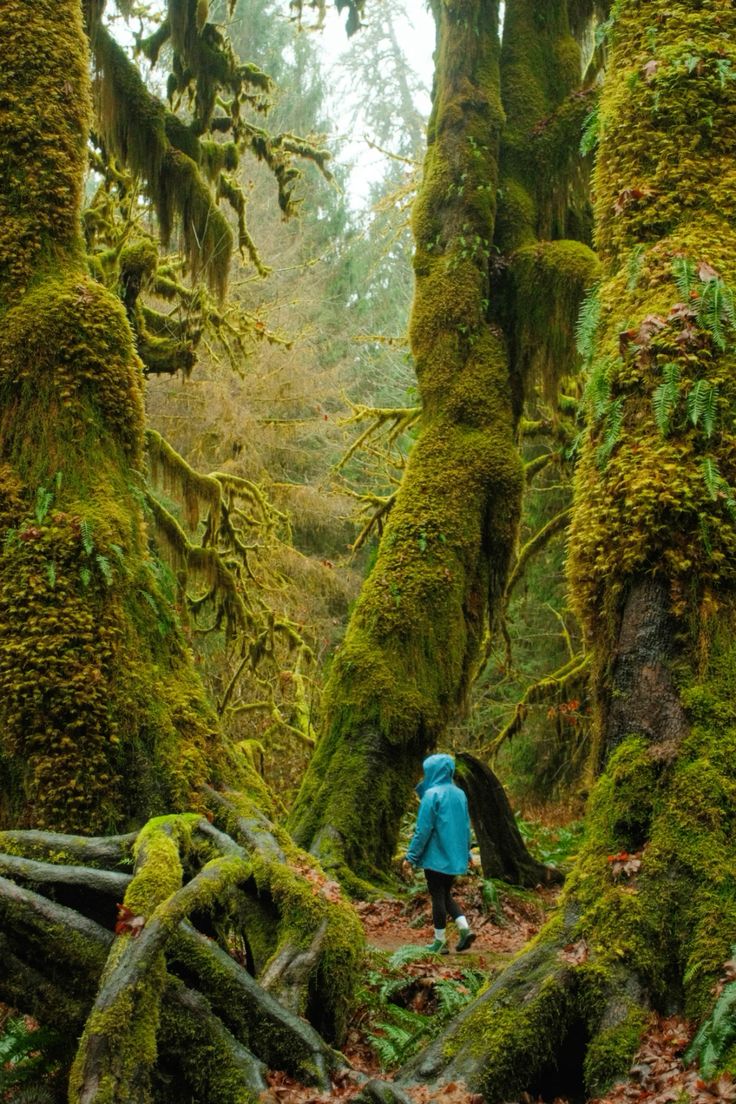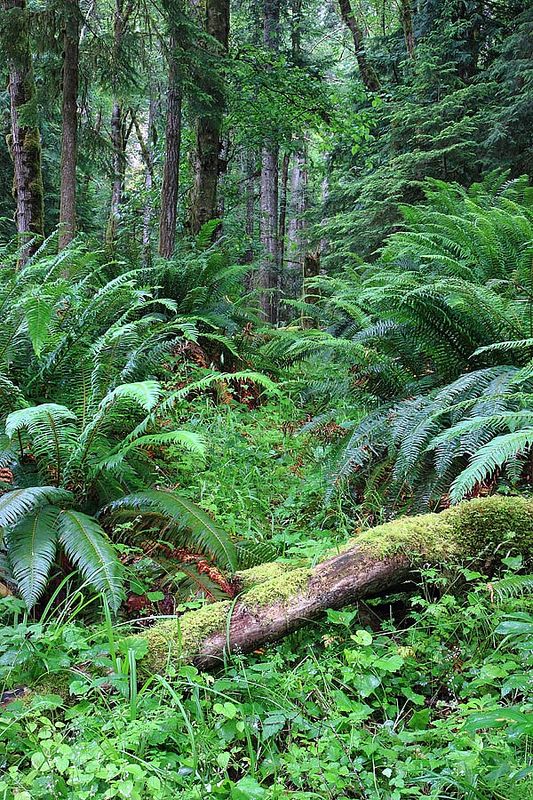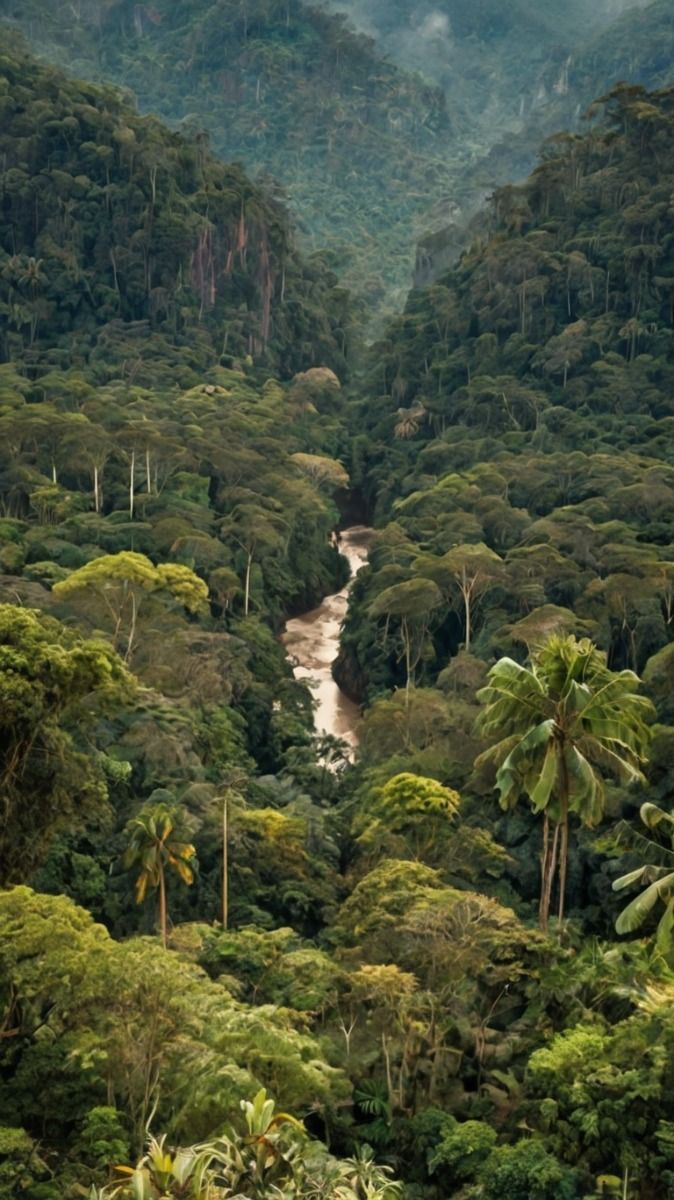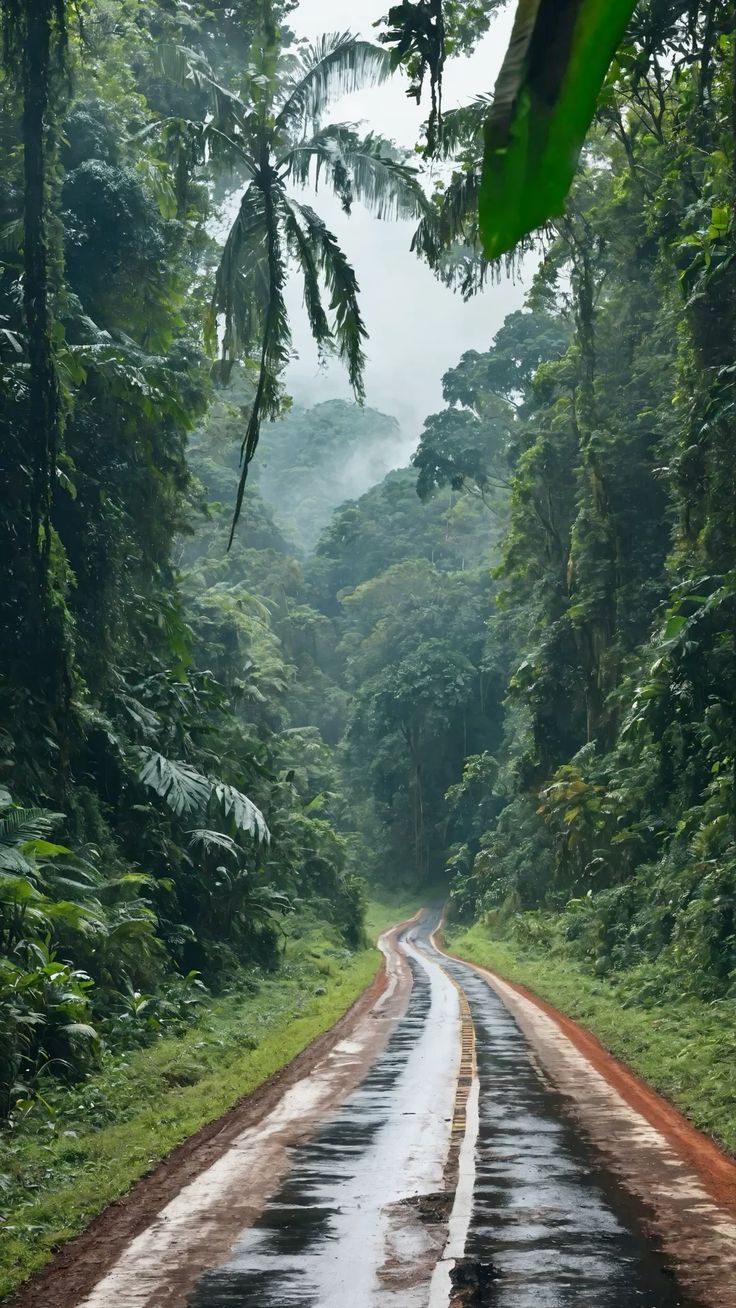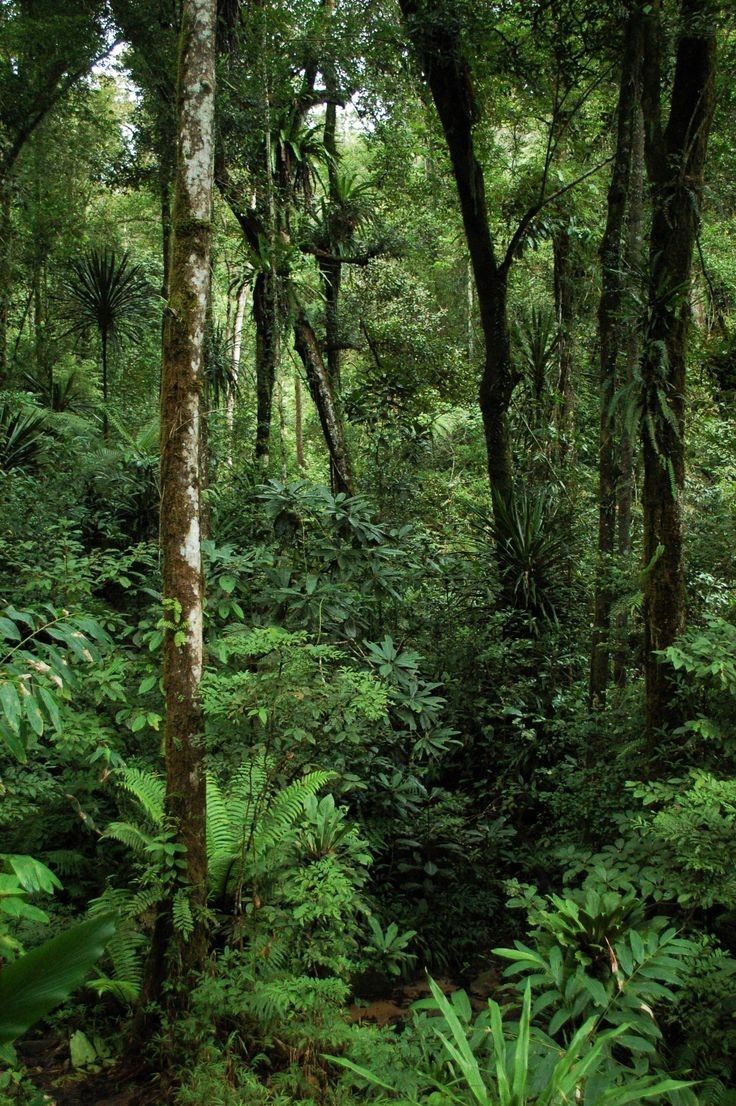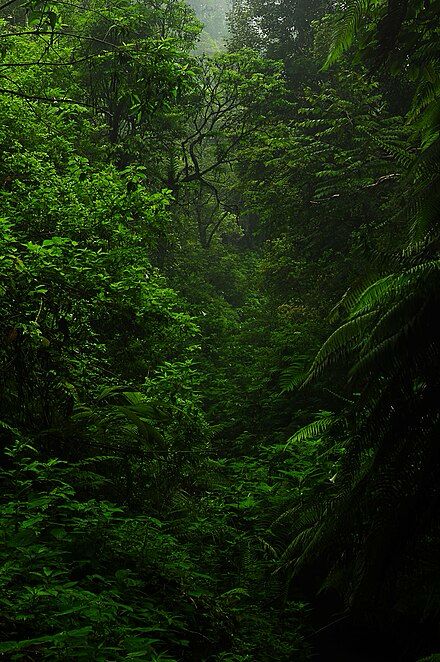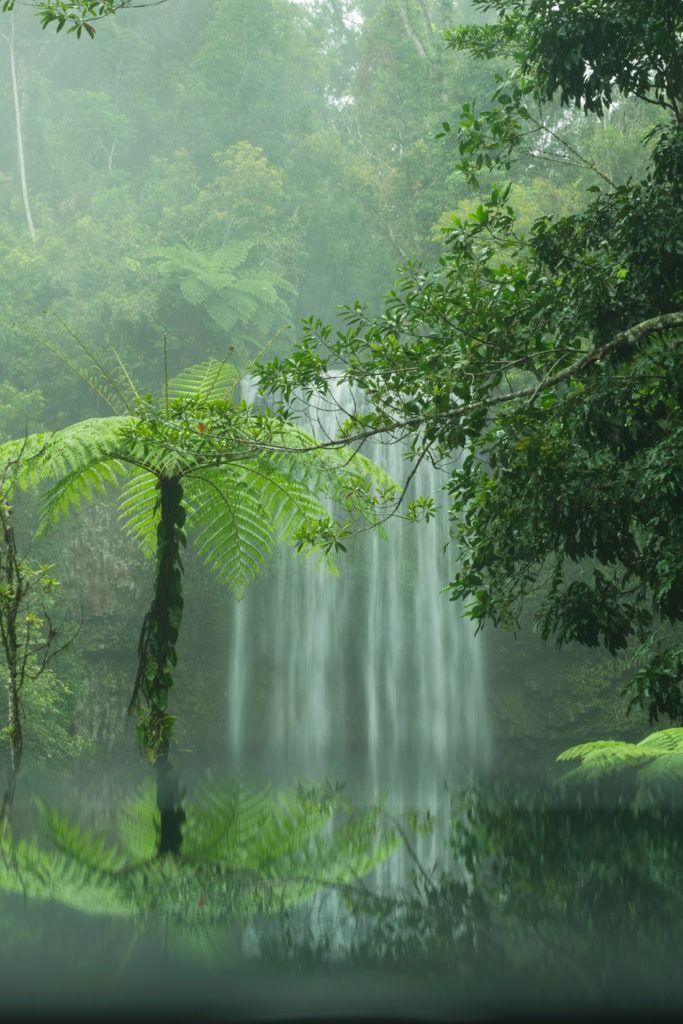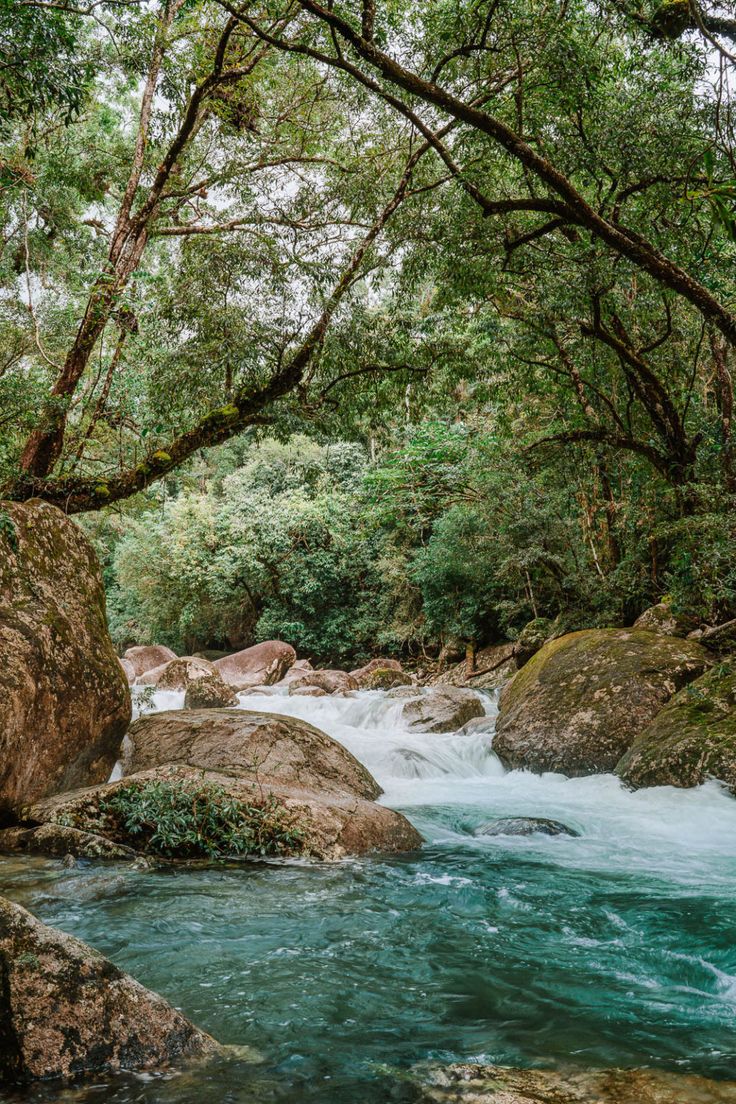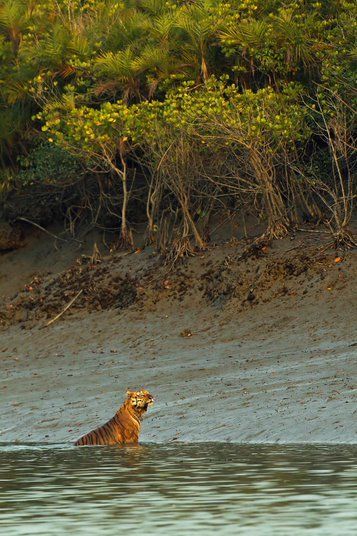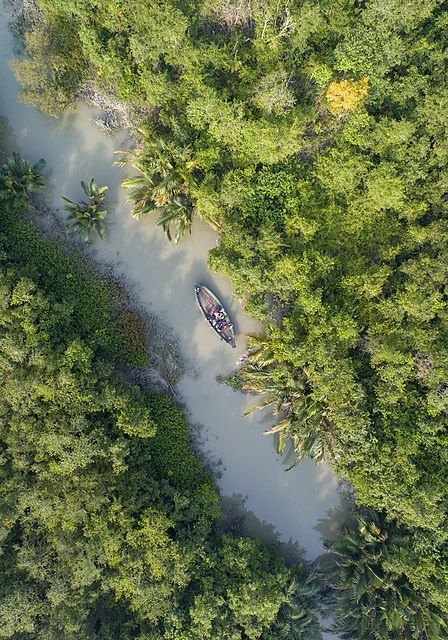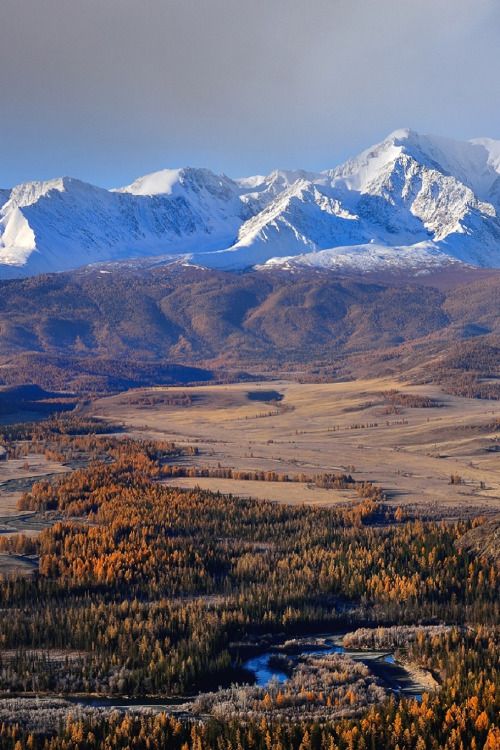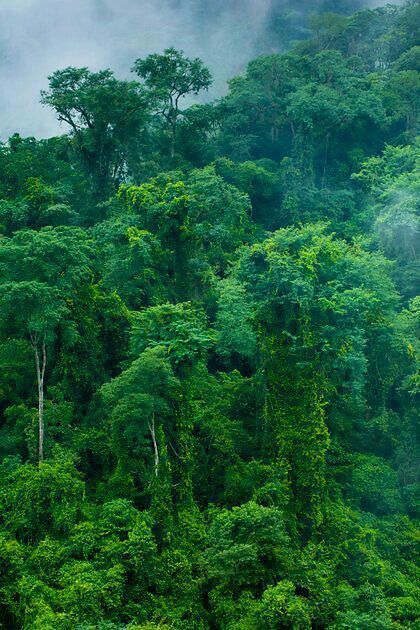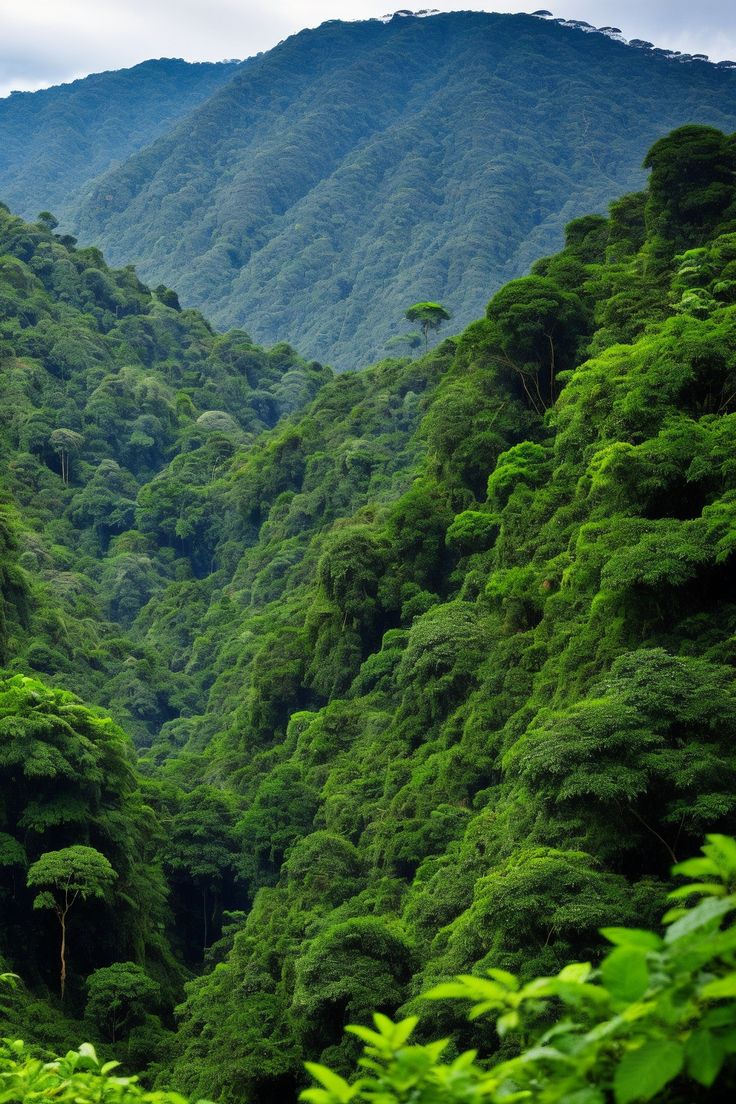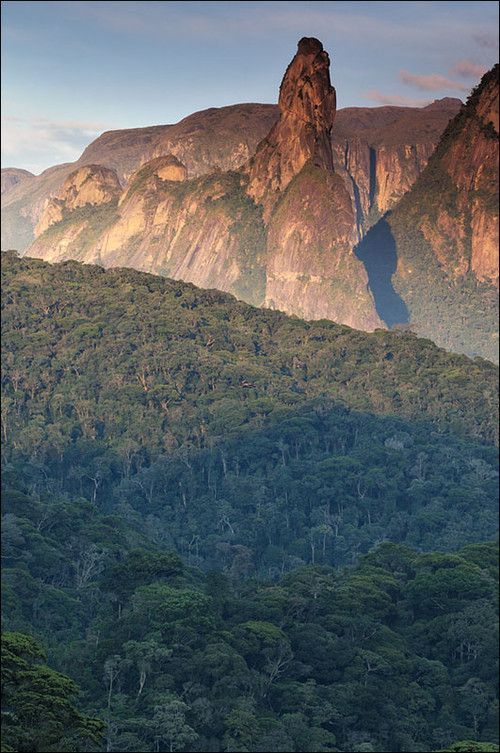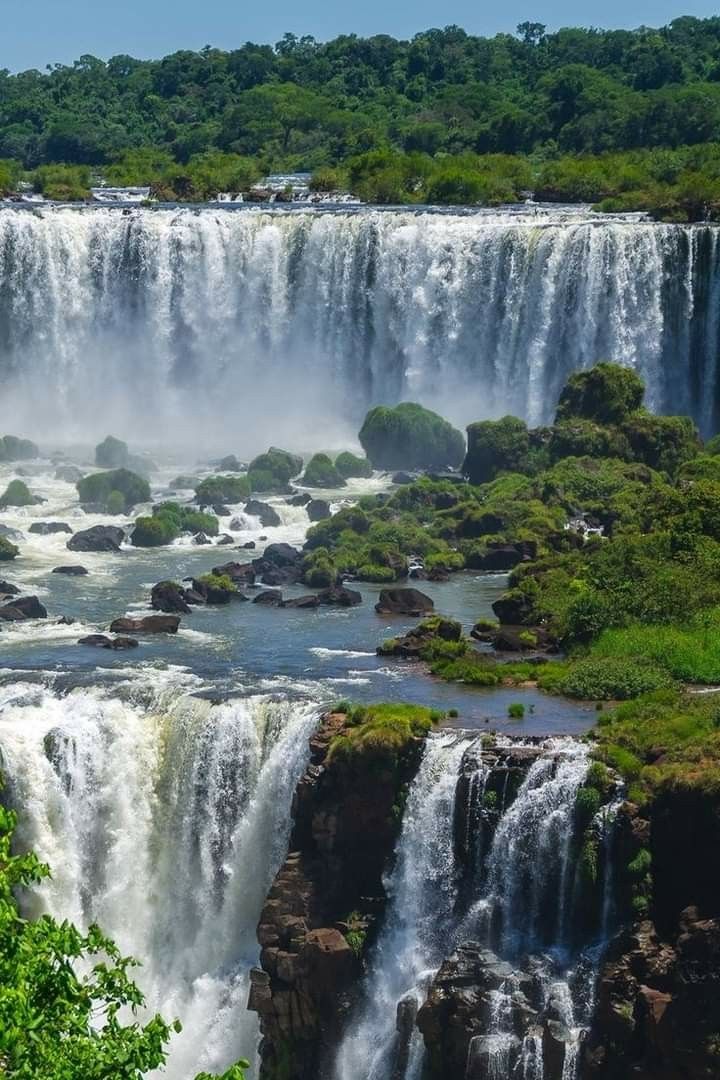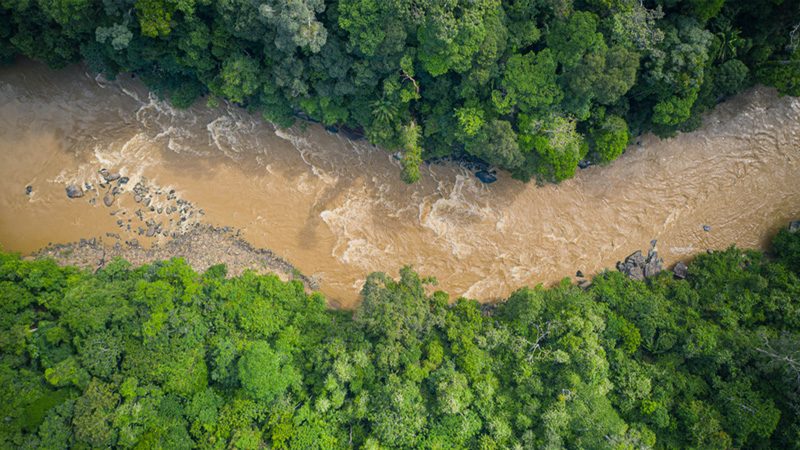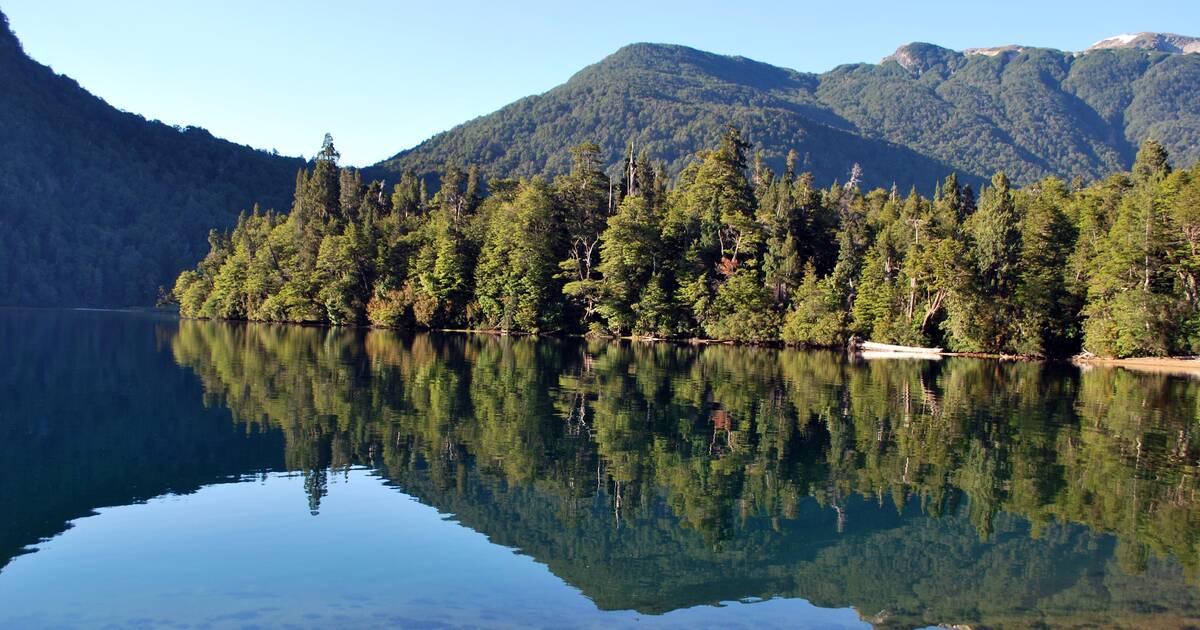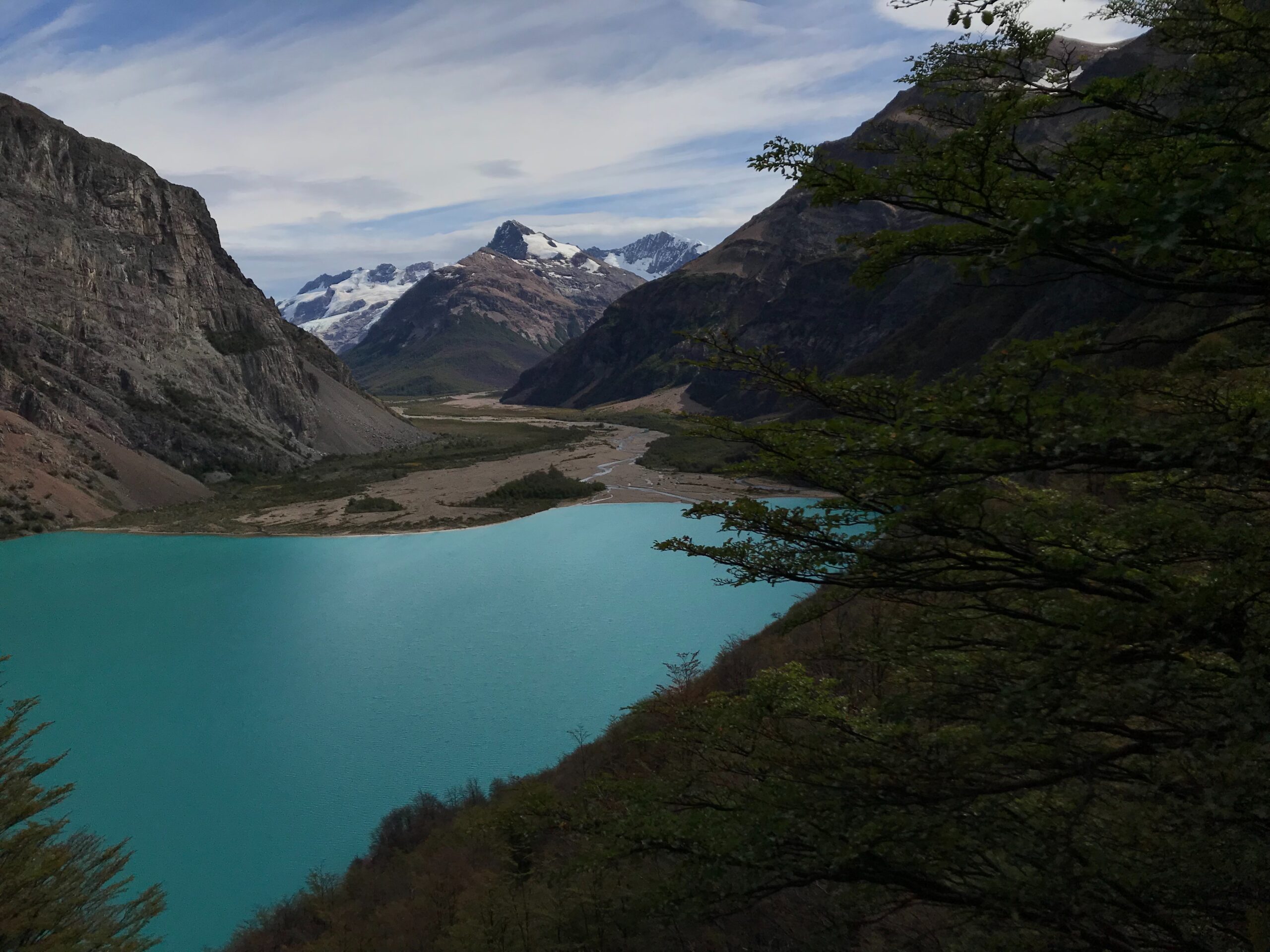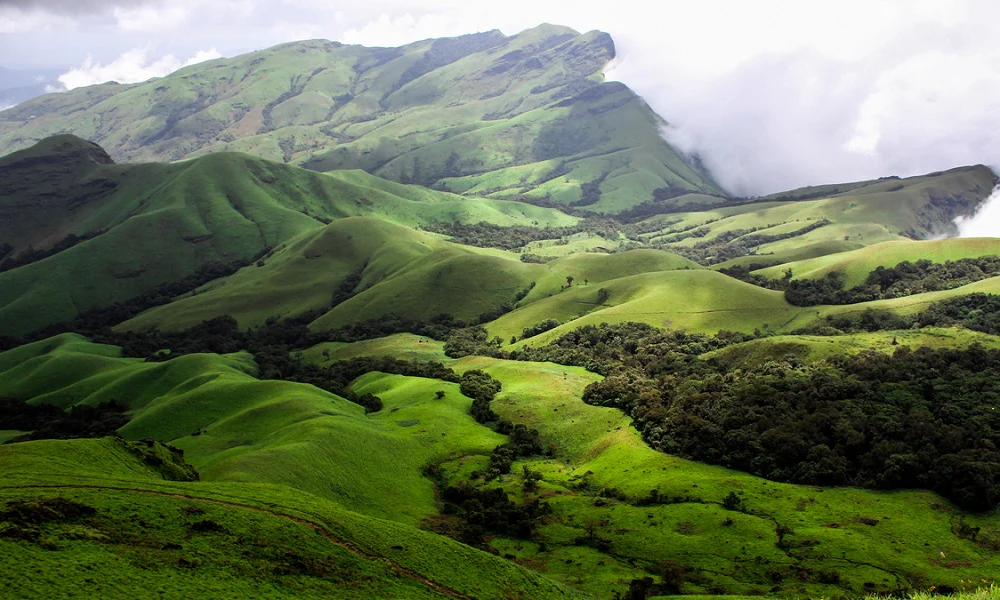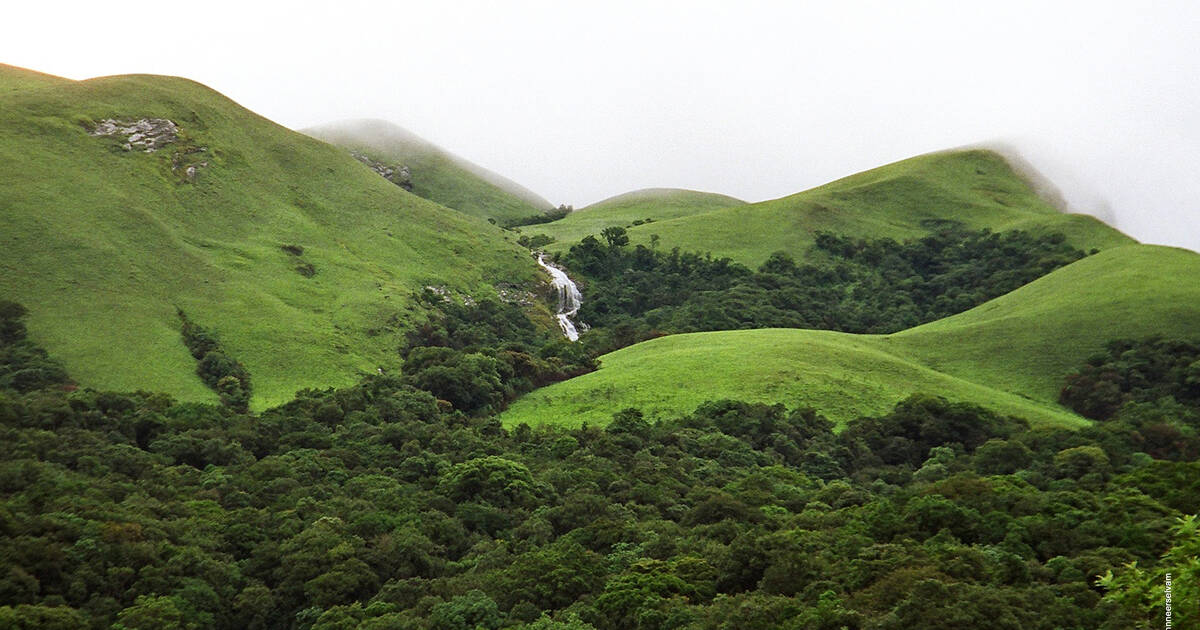One of the most important and breathtaking ecosystems on Earth is the Forests of the World. These verdant landscapes, which span continents and climates, are home to a remarkable variety of species and are essential in controlling our planet’s ecosystem. Every forest narrates a different tale of biodiversity, culture, and natural splendor, from the majestic Amazonian rainforests to the tranquil Siberian boreal forests. We travel around the Forests of the World and lesser-known forests in this investigation, learning about their ecological significance and current struggles.
🌳 1. Amazon Rainforest
🌍 Location:
-
spans nine nations, with Brazil accounting for 60% of the total, followed by Peru, Colombia, and other nations.
📐 Area:
-
~It is Earth’s largest tropical rainforest, covering an area of 5.5 million km².
🌿 Biodiversity:
- more than sixteen thousand tree species.390 billion individual trees can be found there.Animals include macaws, pink river dolphins, capybaras, jaguars, sloths, and poison dart frogs.
🌧️ Climate:
- It’s hot and muggy, and it rains all year long.26 to 28°C is the average temperature.
- 🌍 Importance:
- contains more than 100 billion metric tons of carbon produces around 20% of the oxygen in the globe.vital to rainfall cycles and the control of the world climate.
⚠️ Threats:
🌲 2. Taiga (Boreal Forest)
🌍 Location:
-
Stretches across Russia, Canada, Scandinavia, and parts of Alaska.
📐 Area:
-
~17 million km² — largest forest biome on Earth by land area.
🌿 Biodiversity:
-
Trees: Spruce, fir, pine, larch.
-
Animals: Bears, moose, wolves, lynx, owls.
-
Less plant/animal diversity than tropical forests, but vast populations.
🌧️ Climate:
-
Cold winters, short mild summers.
-
Low precipitation, often snow.
🌍 Importance:
-
Stores more carbon in its soil than the Amazon.
-
Vital in carbon sequestration and climate regulation.
⚠️ Threats:
-
Logging, oil/gas exploration, climate change causing permafrost melt.
🌴 3. Congo Rainforest
🌍 Location:
-
Located in Central Africa, primarily the Democratic Republic of the Congo.
📐 Area:
-
~1.8 million km².
🌿 Biodiversity:
-
Second only to the Amazon in species richness.
-
Includes forest elephants, okapi, gorillas, bonobos, and many bird species.
-
Huge carbon-storing peatlands.
🌧️ Climate:
-
Tropical — high humidity and rainfall throughout the year.
🌍 Importance:
-
Key for biodiversity and regional water cycles.
-
Essential for carbon storage.
⚠️ Threats:
- deforestation brought on by mining, logging, livestock grazing, and agriculture.illegal land grabs and fires.
🌿 4. Valdivian Temperate Rainforest
🌍 Location:
-
found in Argentina and southern Chile.
📐 Area:
-
~248,100 km².
🌿 Biodiversity:
- One of the few rainforests that is temperate.Endemic species include the Chiloé fox, Monito del Monte, and Pudú, the tiniest deer in the world.Alerce (Fitzroya cupressoides) is one of several old tree species.
🌧️ Climate:
-
Mild and wet, influenced by the Pacific Ocean.
🌍 Importance:
- a hub for biodiversity with rare and ancient species.protects against the effects of climate change.
⚠️ Threats:
-
Agriculture, invasive species, and logging.
🌴 5. Daintree Rainforest
🌍 Location:
-
Queensland, Australia, north of Cairns.
📐 Area:
-
~1,200 km² – small, but ecologically priceless.
🌿 Biodiversity:
- Earth’s oldest rainforest, dating back around 180 million years.more than 3,000 plant species, many of which are indigenous and primitive.Wildlife includes Boyd’s forest dragon, green tree pythons, cassowaries, and tree kangaroos.
🌧️ Climate:
- It’s hot and humid.heavy rains, particularly during the November–April wet season.
🌍 Importance:
- The evolution of plants on Earth is documented by living fossils.forms a unique rainforest-reef environment where it intersects the Great Barrier Reef.
⚠️ Threats:
- Climate change, invasive species, and tourism.
🌲 6. Sundarbans Mangrove Forest (India & Bangladesh)
📐 Area: ~10,000 km²
🌍 Location: Ganges Delta, along the Bay of Bengal
🌿 Notable Features:
- greatest mangrove forest in the world.renowned for its spotted deer, estuary crocodiles, and Royal Bengal Tigers.distinct environment of brackish water.
⚠️ Threats: Rising sea levels, cyclones, salinity, and human encroachment.
🌳 7. Eastern Siberian Taiga (Russia)
📐 Area: ~3.9 million km² (part of the greater Taiga biome)
🌍 Location: Covers most of eastern Russia
🌿 Notable Features:
- Larch trees are in charge.incredibly isolated, frigid, and thinly populated.Important location for unspoiled wilderness and carbon storage.
🌲 8. North American Boreal Forest (Canada & Alaska)
📐 Area: ~5.7 million km²
🌍 Location: Spans most of Canada and parts of Alaska
🌿 Notable Features:
- has more than 1.5 million lakes.habitat for numerous bird species, caribou, lynx, and moose.a significant water reservoir and carbon sink.
🌴 9. New Guinea Rainforest (Papua New Guinea & Indonesia)
📐 Area: ~288,000 km²
🌍 Location: Island of New Guinea
🌿 Notable Features:
.
- One of the remaining significant tropical woods that is still intact.incredibly abundant in unidentified species.Birds of paradise, echidnas, and tree kangaroos are examples of unique fauna.
⚠️ Threats: Logging, mining, palm oil plantations.
🌳 10. Atlantic Forest (South America – Brazil, Paraguay, Argentina)
📐 Area (original): ~1.5 million km² (now only ~12% remains)
🌍 Location: Along the Atlantic coast of Brazil
🌿 Notable Features:
- Covered a vast area once; now very fragmented.where endemic species such as the golden lion tamarin can be found.
⚠️ Threats: Urbanization, agriculture, and logging.
🌿 11. Mekong Subregion Forests (Southeast Asia)
📐 Area: Varies; the Greater Mekong area includes several forests
🌍 Countries: Cambodia, Laos, Myanmar, Thailand, Vietnam
🌿 Notable Features:
- woods that are tropical or subtropical.Tigers, freshwater dolphins, and Asian elephants are among the species.Nearly every year, new species are found.
🌲 12. Patagonian Forests (Argentina & Chile)
📐 Area: ~250,000 km²
🌍 Location: Southern Andes
🌿 Notable Features:
- Conifers and southern beech are found in mixed temperate woods.Wildlife: condors, pumas, and Andean deer.essential to the health of the glaciers and the water cycle in South America.
🌴 13. Western Ghats Forests (India)
📐 Area: ~160,000 km² (including all ecoregions)
🌍 Location: Along India’s western coast
🌿 Notable Features:
-
UNESCO World Heritage Site.
- one of the eight “hottest hotspots” for biodiversity in the world.
- Species: Nilgiri tahr, Malabar civet, and lion-tailed macaque.
⚠️ Threats: Urban sprawl, agriculture, infrastructure projects.
🌍 Conclusion: The World’s Great Forests – Earth’s Lungs and Lifelines
From the huge Amazon Rainforest to the frigid Taiga, and from the enigmatic Congo Basin to the ancient Daintree, the world’s greatest woods are more than just collections of trees. They are vital ecosystems that support more than half of all terrestrial biodiversity, store enormous amounts of carbon, provide clean water, and control the planet’s temperature.
These Forests of the World:
- serve as carbon sinks to slow down global warming.
- Encourage the survival of millions of indigenous plant and animal species.
-
are vital to the culture, indigenous populations, and ecological integrity of the world.
Deforestation of the Forests of the World, habitat fragmentation, climate change, illicit logging, and agricultural development, however, pose increasing risks to them. It is essential for the survival of the entire world to preserve these woods, not just for environmental reasons.
🌱 In short:
The green stewards of Earth are Forests of the World. We are all protected when we protect them.
